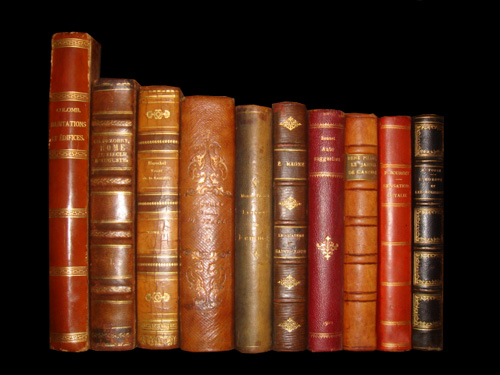Philadelphia, as laid out in the 1680s, extended from the Delaware River to the Schuylkill River and from Vine Street to South Street, an area known today as Center City. As its population grew, the settled areas expanded westward from the Delaware River beyond early important landmarks such as Christ Church, the
Pennsylvania State House, and Pennsylvania Hospital. By the mid-19th century, commercial, religious, and cultural institutions arose along Broad Street, and exclusive residential neighborhoods developed even farther west in areas previously undeveloped or used as industrial sites. Bustling shopping districts anchored by stores such as Wanamaker's Grand Depot and Strawbridge and Clothier ran for blocks along Chestnut and Market Streets.
Center City Philadelphia in the 19th Century highlights the buildings, people, and activities of this area from the 1840s until the end of the century.
Background Information
Philadelphia was founded by William Penn and has many of the iconic monuments of the American Revolution. Pennsylvania was founded by William Penn, leading the way during the American Revolution and the Industrial Revolution.



